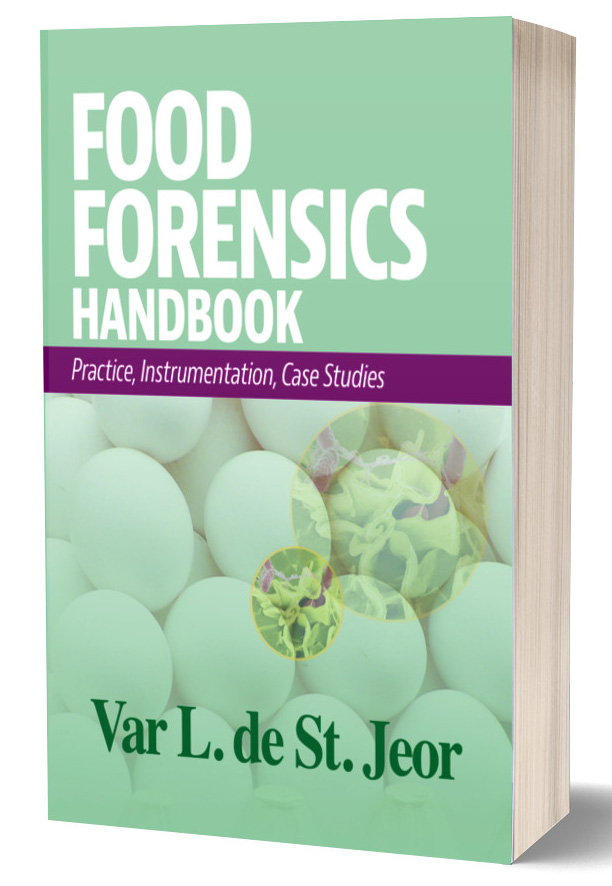H5N1 and the Growing Risk to Food Safety—Why Raw Milk Requires Special Attention

Image credit: Freepik
The global surge in avian influenza outbreaks, particularly the highly pathogenic H5N1 strain, poses an escalating threat to food safety systems worldwide. While much of the discussion focuses on poultry products, a less visible but equally crucial concern is the potential contamination of raw milk. As a product consumed without pasteurization, raw milk represents a considerable vulnerability in our food supply chain. The National Environmental Health Association (NEHA), through its policy statements, emphasizes the importance of stringent controls and public education around raw milk consumption. For food safety professionals, these warnings are particularly urgent as H5N1 adds a new layer of complexity to an already challenging landscape.
H5N1 is a subtype of the influenza A virus that primarily affects birds but has demonstrated the capacity to infect mammals, including humans. The high mortality rate of the virus among infected individuals and its potential for mutation make it a critical public health concern. Outbreaks in domestic poultry and wild birds have disrupted agricultural systems, creating economic ripples and threatening food security.
The risk between H5N1 and dairy products, particularly raw milk, lies in the interconnected nature of animal agriculture systems. Dairy farms often coexist with poultry operations, and shared water sources, feed supplies, or even employee cross-contact can facilitate virus transmission. The potential for H5N1 to contaminate raw milk, while theoretical, should not be dismissed, especially given the absence of processing to eliminate pathogens in raw milk products.
Raw milk, unpasteurized and consumed in its natural state, is a niche product with passionate advocates who often cite its perceived health benefits. NEHA and other public health authorities, however, consistently warn against its consumption due to the inherent risks of microbial contamination. Pasteurization is a proven process that destroys harmful pathogens such as Salmonella, Listeria, and Escherichia coli—organisms frequently found in raw milk. Without this important step, consumers are left vulnerable to foodborne illnesses.
NEHA’s raw milk policy statement underscores these dangers, advocating for policies that prioritize public health over market demand. For food safety professionals, the potential introduction of H5N1 into the raw milk supply chain amplifies these risks, making the need for vigilance even more pressing.
Food safety professionals play a pivotal role in mitigating these risks. Their responsibilities include implementing surveillance systems to detect H5N1 outbreaks in both poultry and dairy operations, developing and enforcing stringent mitigation measures on farms (such as separate equipment for poultry and dairy operations and mandatory sanitation procedures for workers), educating farmers and consumers about the risks, and supporting regulations that promote the use of pasteurization to safeguard public health.
The emergence of H5N1 underscores the importance of our food safety systems and our environmental health workforce to take proactive measures to protect public health. Raw milk, with its lack of pathogen-killing processing, represents a high-risk product that requires special attention. For food safety professionals, the call to action is clear: prioritize education, enforce regulations, and implement strong biosecurity measures. By adhering to the guidance outlined in NEHA’s raw milk policy statement and leveraging the expertise of environmental health professionals, we can build a safer, more resilient food system. The time to act is now—before the hypothetical risks of H5N1 contamination become a devastating reality.
Looking for a reprint of this article?
From high-res PDFs to custom plaques, order your copy today!






